- Jail Mail
- Posts
- Will ZERO BAIL Policies Kill the Golden Goose?
Will ZERO BAIL Policies Kill the Golden Goose?
How the Judiciary's bail practices may spike future Federal funding - Coconut Wireless Special 🥥📱

At a recent arraignment and plea session before Judge Johnson, something unusual caught my attention. The gallery was filled not just with attorneys and families — but also with faces that seemed out of place. A long-time legislator and judicial committee member who shall not be named, was accompanied by a gaggle of fellow legislative types observing and taking notes on the proceedings. Their presence signaled that the stakes were bigger than the cases on the docket.
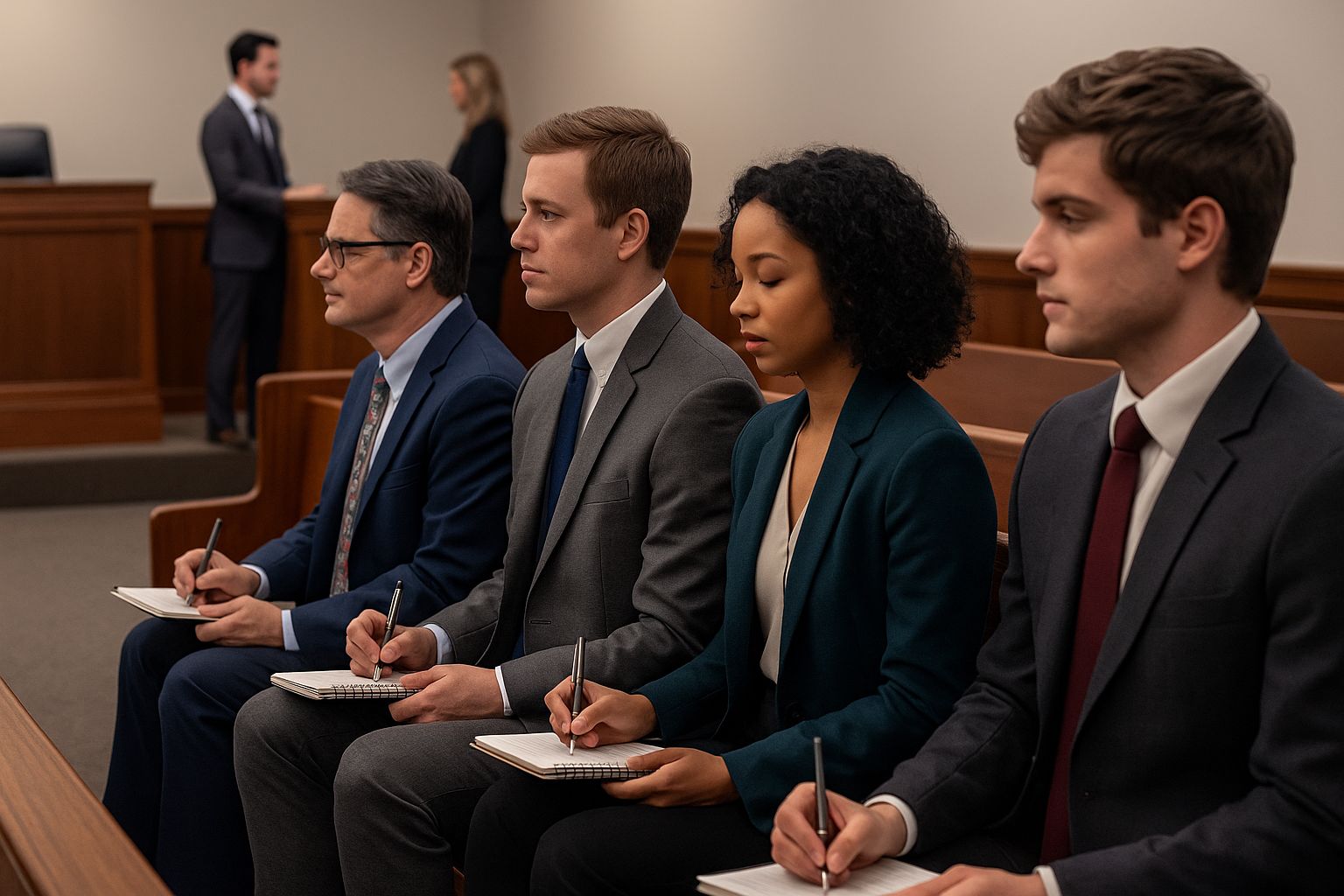
This moment happened shortly after President Trump’s executive order threatening to cut federal funding from jurisdictions that rely heavily on cash-free bail. Clearly, lawmakers are watching closely to see how Hawaiʻi’s judiciary responds.
The Executive Order & Federal Leverage

On August 25, 2025, President Trump signed “Taking Steps to End Cashless Bail to Protect Americans.”
The order directs the Attorney General to identify jurisdictions that have eliminated cash bail.
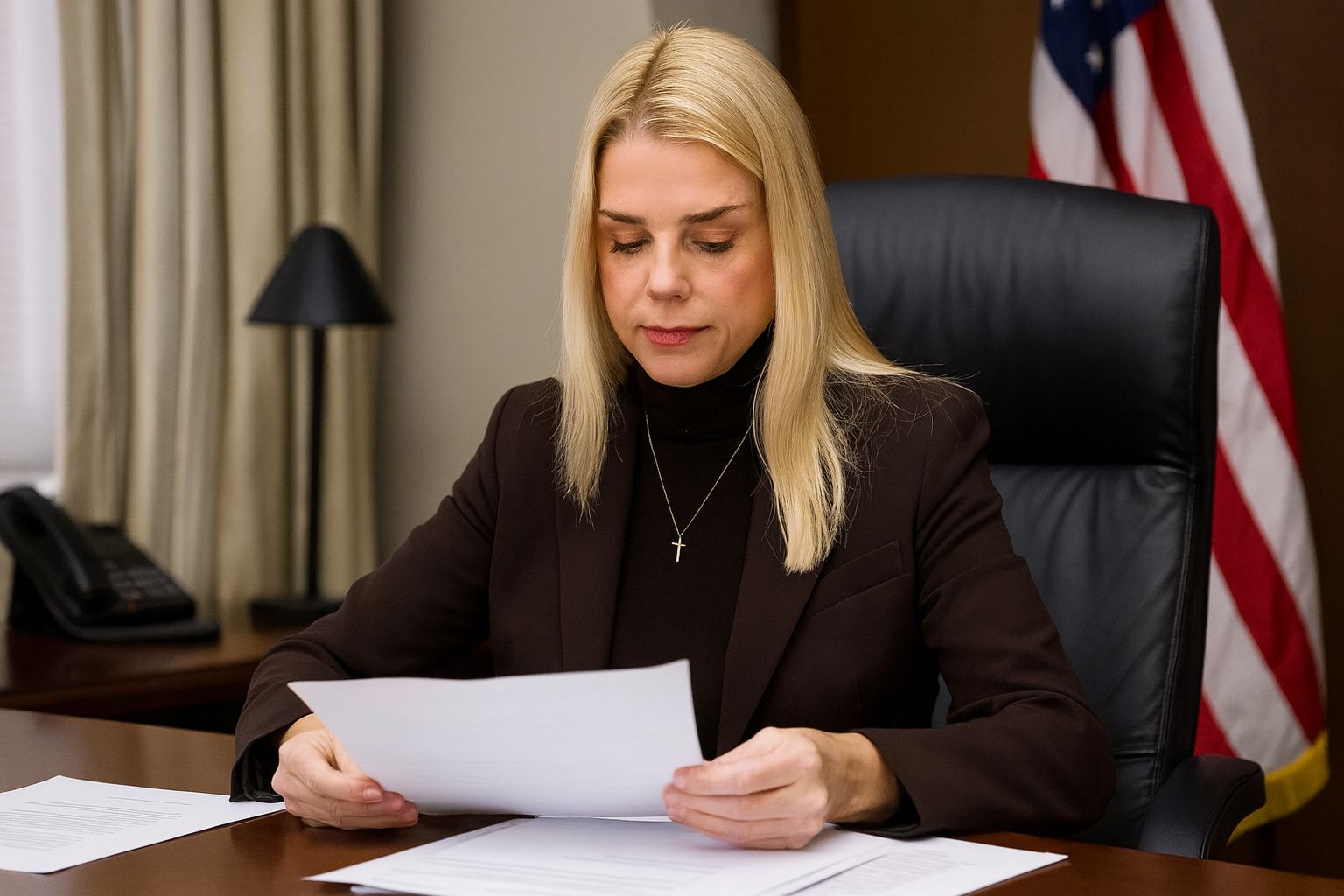
Those jurisdictions may face withheld federal funds.
The explicit purpose: pressure states and cities to abandon “zero bail” systems.
For Hawaiʻi, which relies heavily on federal grants, this is not an abstract debate. If the judiciary tilted too far toward unconditional release, the economic consequences could be massive.
The Role of the Criminal Administrative Judge

Judge Johnson sits in a uniquely powerful seat. He:
-Oversees grand jury sessions
-Presides over felony arraignment and pleas
-Reviews detailed Oahu Intake Service Center reports, which cover criminal history, failures to appear, and even admissions of mental health or substance abuse issues.
This vantage point means he sees far more than either side presents in court. Prosecutors often give high bail requests with vague explanations as to why. Public defenders push aggressively for release, sometimes with unverified claims taken directly from defendants just seconds before addressing the court. Judge Johnson cuts through the claims of both sides, explaining on the record his rationale for supervised release, bail reductions or increases.
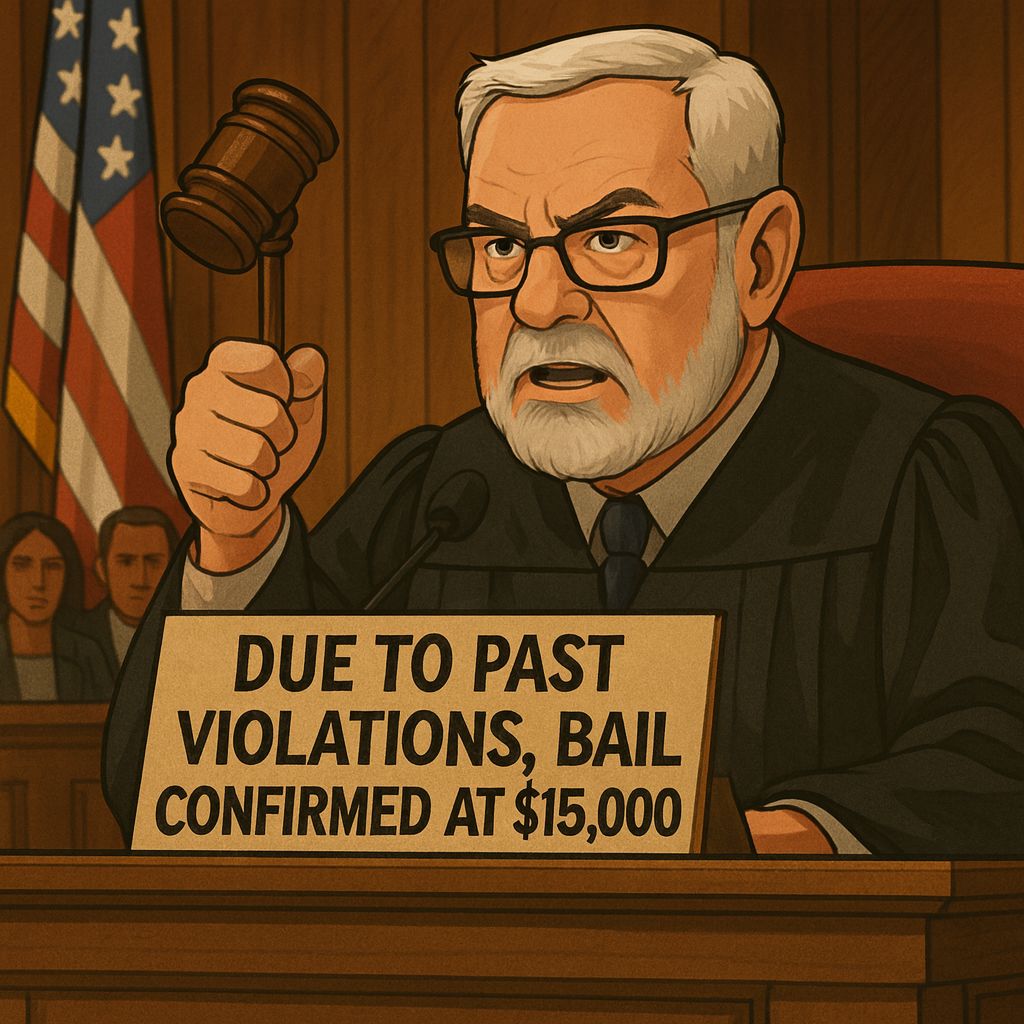
Just as important: his rulings are always “without prejudice” — meaning they can be revisited if new, verifiable information is provided. That balance is rare in a political climate where extremes dominate the conversation.
HOT TAKE: Politics has Literally Entered the Courtroom
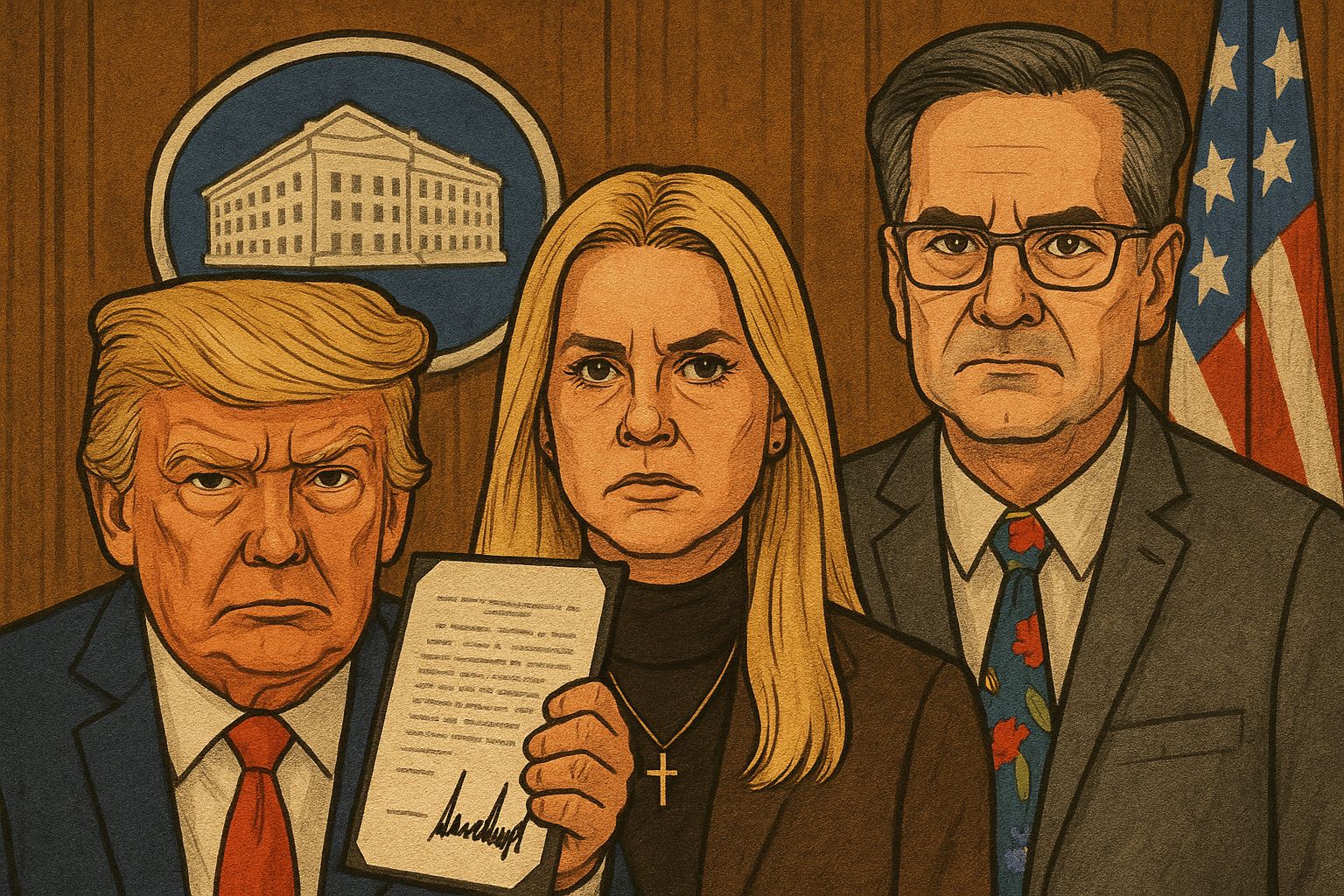
The presence of legislators that morning wasn’t accidental. When a veteran lawmaker with nearly 20 years of Judiciary experience and a team of staffers sits in the back row, it signals oversight. They were there to see how the judiciary applies bail in light of national shifts.
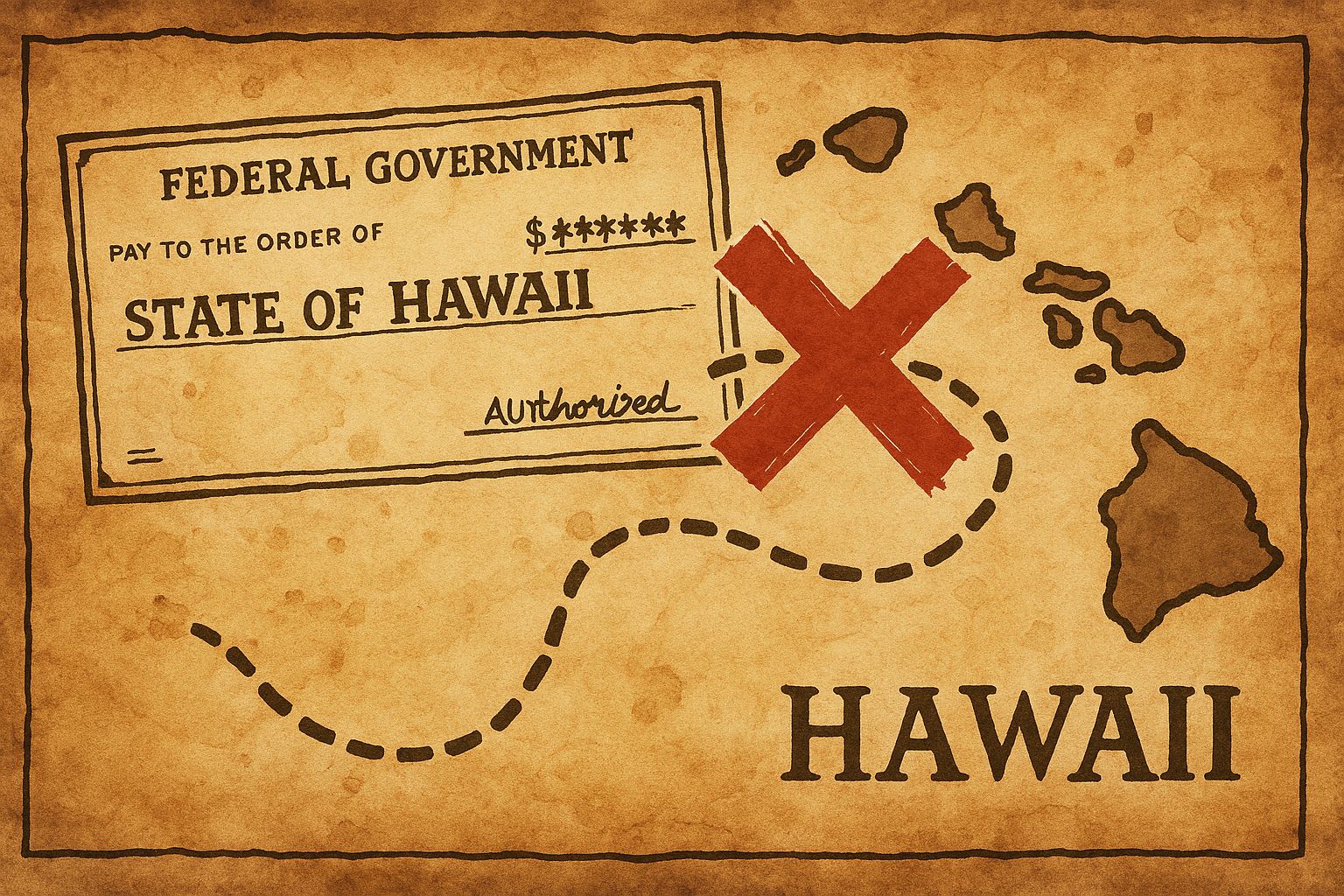
The takeaway: Hawaiʻi’s judges aren’t just weighing defendants and charges — they’re also operating under the shadow of federal funding threats, legislative scrutiny, and a shifting political climate.
Judicial Balance in Action

The day’s hearings offered multiple examples of balance, fairness, and pragmatism:
-Low Bail Maintained: A $2,000 bail was confirmed as “reasonable,” showing restraint against an outright release on own recognizance.
-Public Safety Prioritized: In cases involving violence, substance abuse, or intimidation, higher bail was upheld to protect the community.
-Significant Reductions: In one case, bail was cut from $120,000 down to $60,000, balancing financial hardship with concerns about substance abuse and prior violence.
-Denial of Bail: For two defendants charged with murder and weapons offenses, the court denied bail entirely, citing flight risk and danger to witnesses.
Each decision showed the judiciary isn’t leaning blindly toward high bail or zero bail. Instead, it is tailoring outcomes to risk, history, and community safety.
Radical Theories vs. Local Reality

The push for unconditional release — no money, no conditions, no accountability — is a radical idea. Other jurisdictions have tried and failed. New York scaled back its reforms. California’s “Tesla road rage” case showed the risk of early release: a defendant reoffended in Hawaiʻi, forcing the courts here to impose a no-bail hold after new violence.
The notion that every defendant should be freed without conditions ignores generations of real-world experience. Public safety advocates, law enforcement, and even voters have grown weary of these “no cash bail,” experiments. “Woke fatigue” and “cancel culture fatigue” are real — and the political will to keep removing cash bail from the system has eroded.

Conclusion
Hawaiʻi was never fully swept up in the radical tide. Instead, our judiciary struck a middle ground. Bail reports, prosecution evidence, and defense advocacy are all considered — but the judge makes a reasoned, on-the-record ruling that balances safety and fairness.

With federal funding now tied directly to bail policy, and with legislative leaders watching from the gallery, Hawaiʻi’s courts will remain the true pivot point. The balance struck in Judge Johnson’s courtroom is exactly what the public deserves: cautious, contextual, and unwilling to be pulled too far by political winds.
Final Word
The ultra-conservative right was wrong to tie the hands of judges with mandatory “three strikes and you’re out” sentencing guidelines. The radical left was wrong to insist on unsecured release as the default; and if you disagree, the left will brand you as a racist and cancel you. The truth is that the middle road is far more nuanced and complex. Yes, it takes more time and effort, but it is ultimately the direction the Hawaiʻi judiciary has taken. Whether you look to the ancient teachings of the Buddha on the Middle Way or to the U.S. Constitution’s separation of powers, both point toward the same principle: balance. The middle road is not the easiest path, but it is the most sustainable and just.
Be well,
-Jail Mail Nick
What did you think of today's issue of JAIL MAIL |